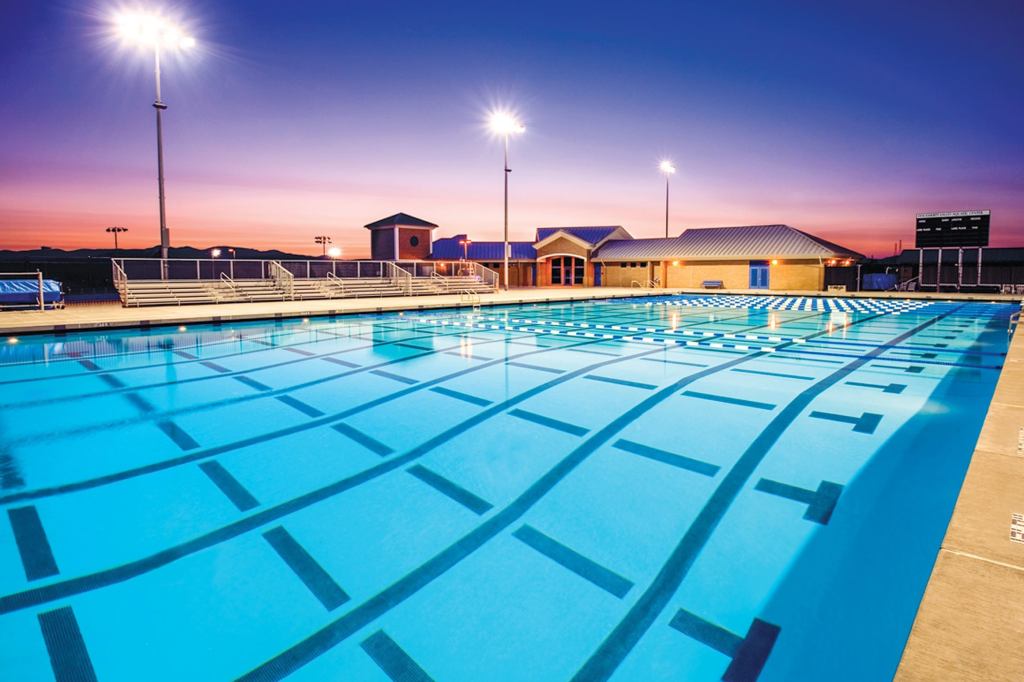As the Pool & Hot Tub Alliance addresses the many issues involved in merging two large organizations, some industry professionals wonder how the organization will manage two overlapping codes and standards.
The PHTA was formed last year by the unification of the National Swimming Pool Foundation (NSPF) and the Association of Pool & Spa Professionals (APSP). Each brought its own code or standard that addresses design and construction of commercial pools, spas and water elements.
From APSP came the International Swimming Pool and Spa Code, written with the International Code Council. This exclusively covers the design and construction of commercial and public pools, spas, etc.
The NSPF provided funding and other support for the Model Aquatic Health Code, which is overseen by the Centers for Disease Control and Prevention. This language includes not only design and construction, but also maintenance and operation of varying aspects of aquatics facilities, including lifeguard staffing.
PHTA has made clear its intention to streamline out redundant products and services, leaving some to wonder how it will address the overlapping design/construction language of the ISPSC and the MAHC.
For now, the organization has not made a decision on that front. It is moving forward with both the ISPSC and the MAHC in a way it hopes will minimize or eliminate snags or disruptions if the organization chooses to streamline its codes and standards.
Since 2017, a committee has worked to unify the language between the MAHC and the ISPSC. Those efforts are near completion, said Steve Barnes, head of the PHTA’s Technical Committee. During each code’s revision cycles, the committee proposes changes that would bring the two bodies in line. A few more were proposed last month, as the Council for the Model Aquatic Health Code took change requests for the 2021 version of the MAHC.
“Everybody involved on all sides absolutely are moving toward one enforceable policy that is performance-based,” Barnes said.
At this point, Barnes said, inconsistencies have been removed, save for four main issues: Minimum fence heights, pool-floor slopes, depths at which hand-holds must be installed, and minimum depths for starting blocks to be placed.
Going forward, any changes the committee wants to make will be proposed to both the ISPSC and the MAHC. Further, the committee will do this in a way that encourages the exact same changes to be reflected in both. If the committee believes a particular clause needs to be altered, it will do this for one code first, see what the final outcome is, then add that resulting change to the second code during its revision cycle.
Barnes encourages professionals to participate in the revision cycles for both. Even if PHTA were to put all its resources into just one or the other for design/construction compliance, he said, changes from the other would be integrated.
As for which code to follow when designing and building facilities: In those instances where differences exist, he advises following the most conservative.
